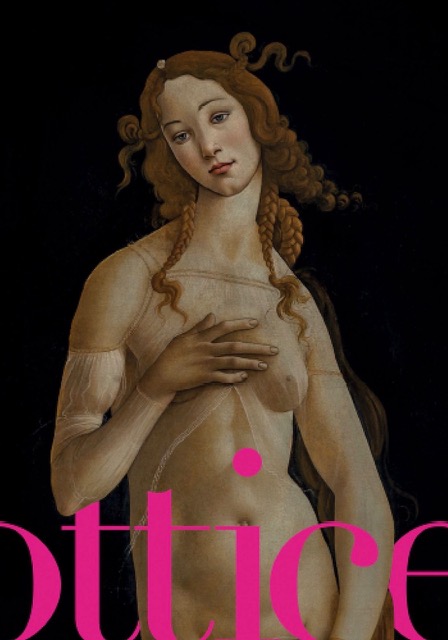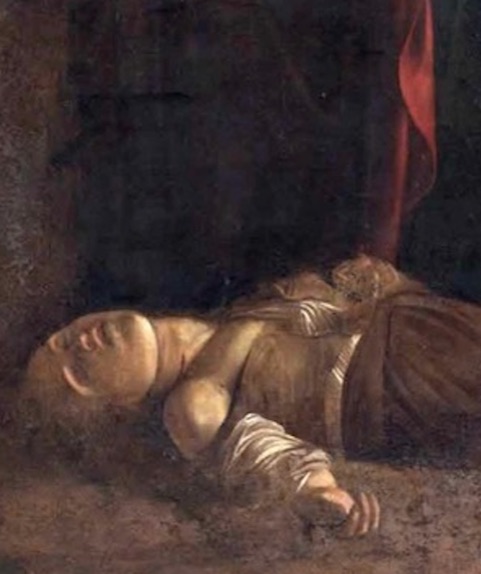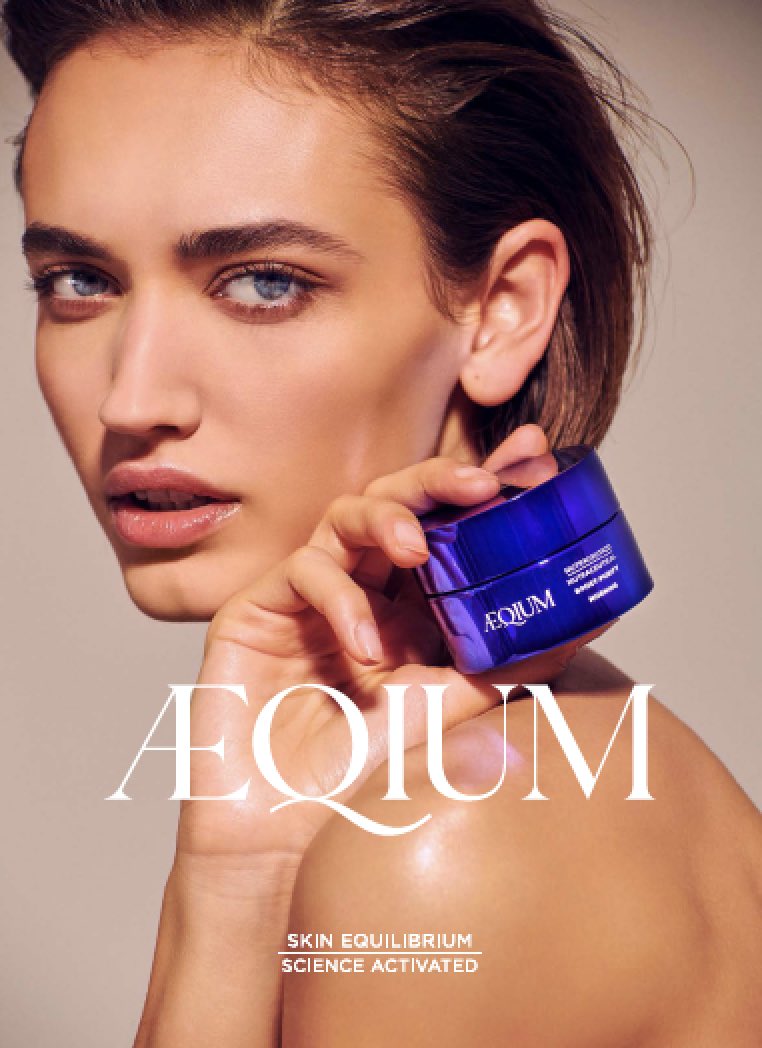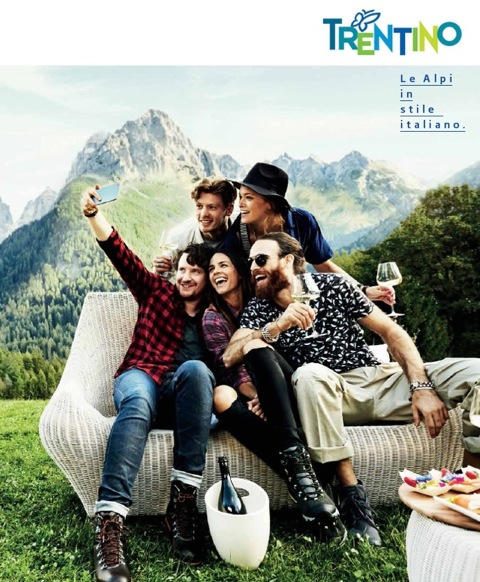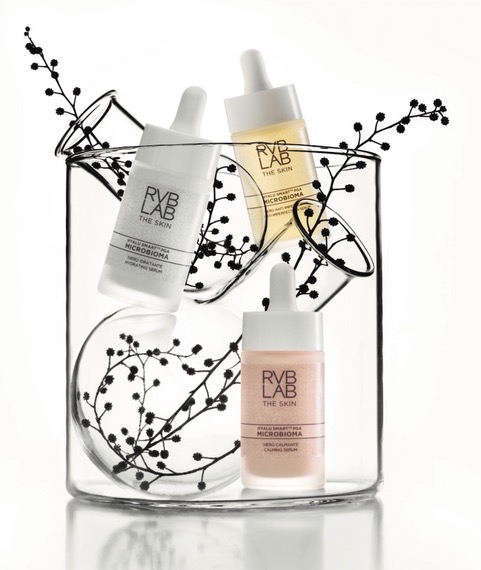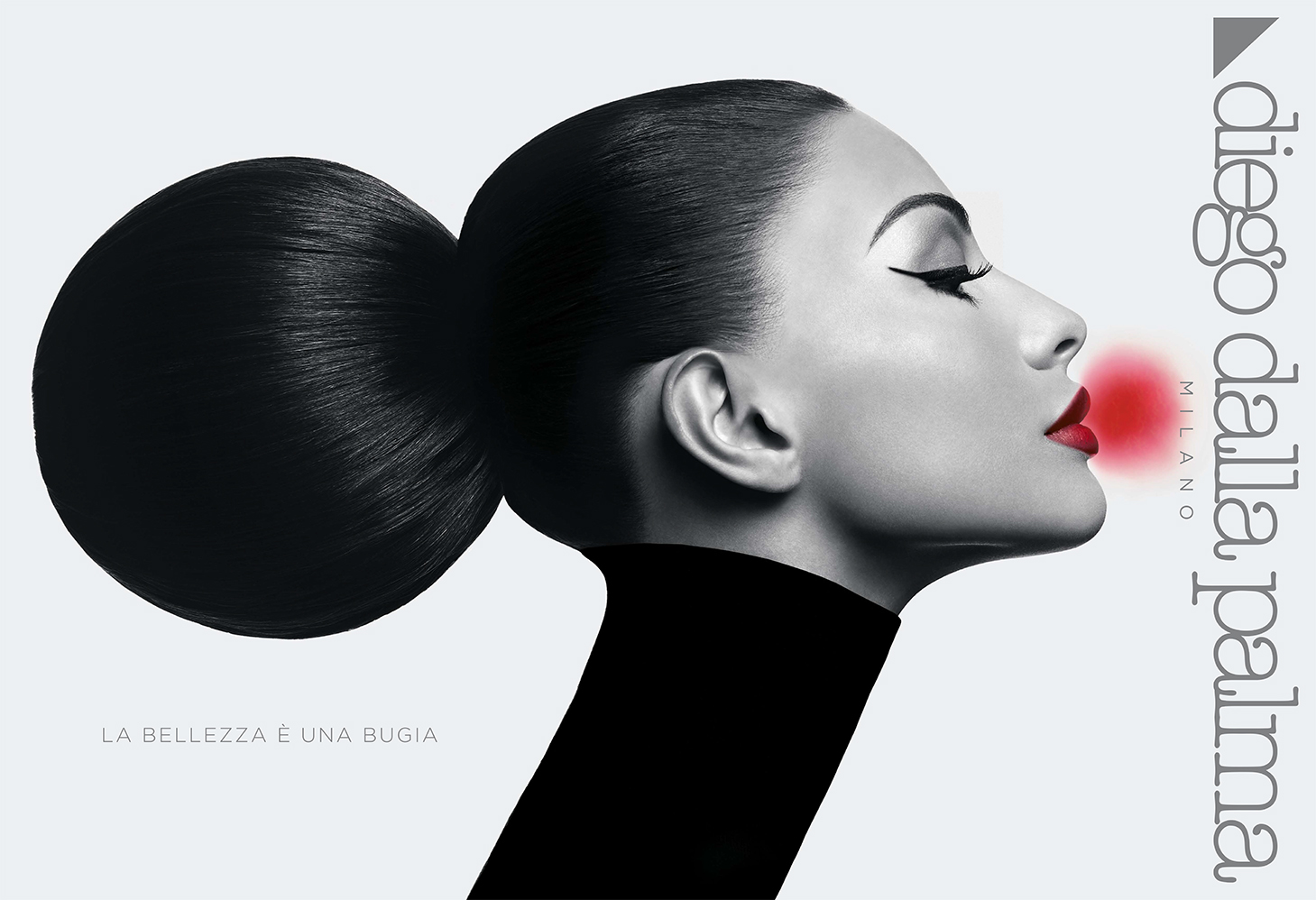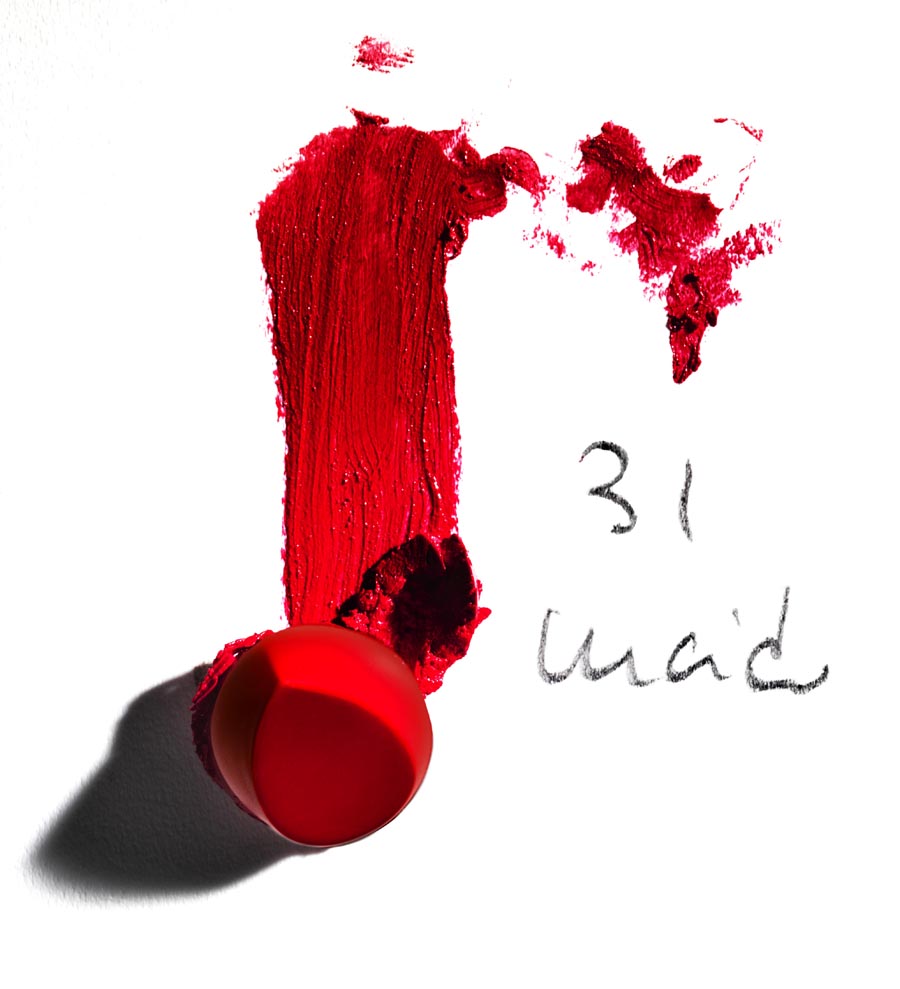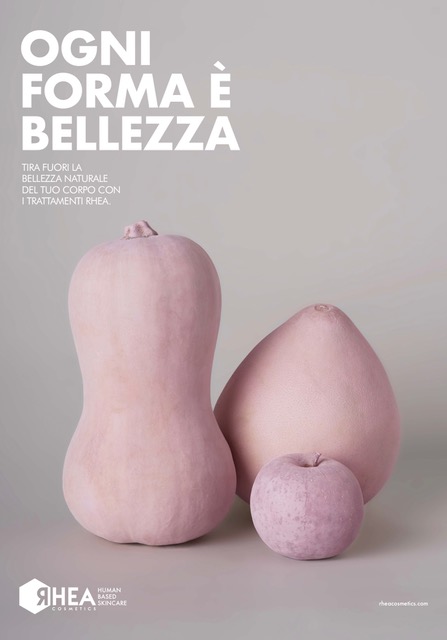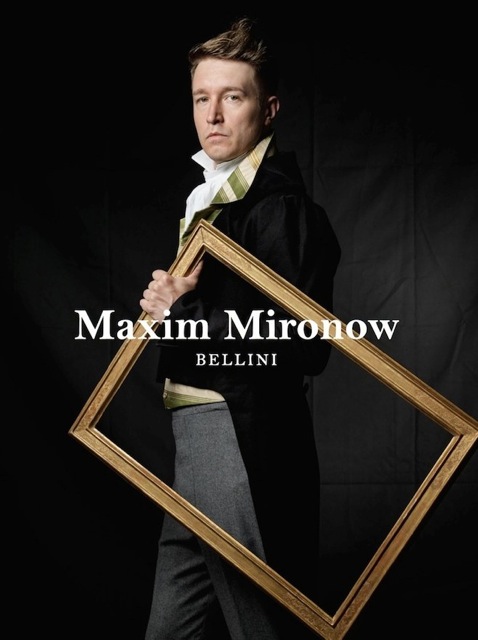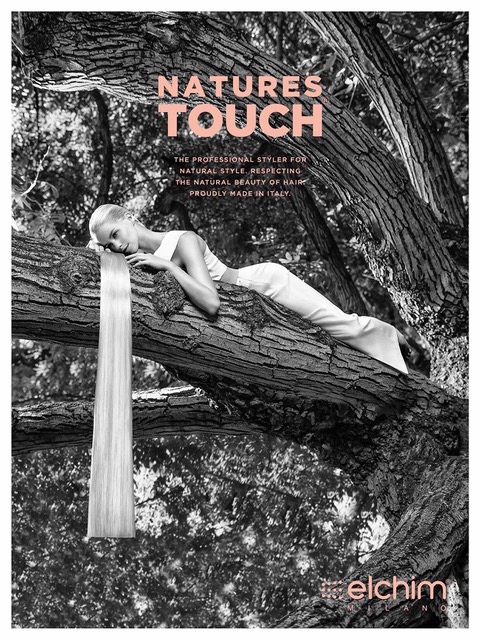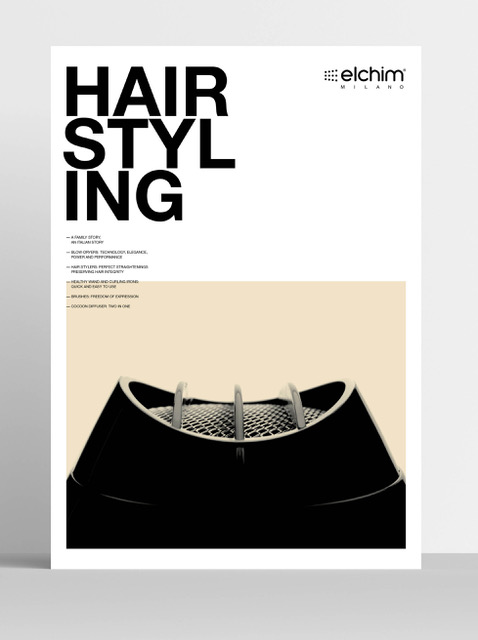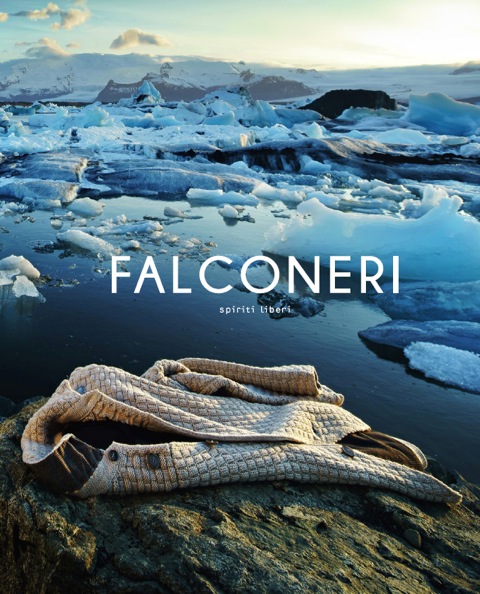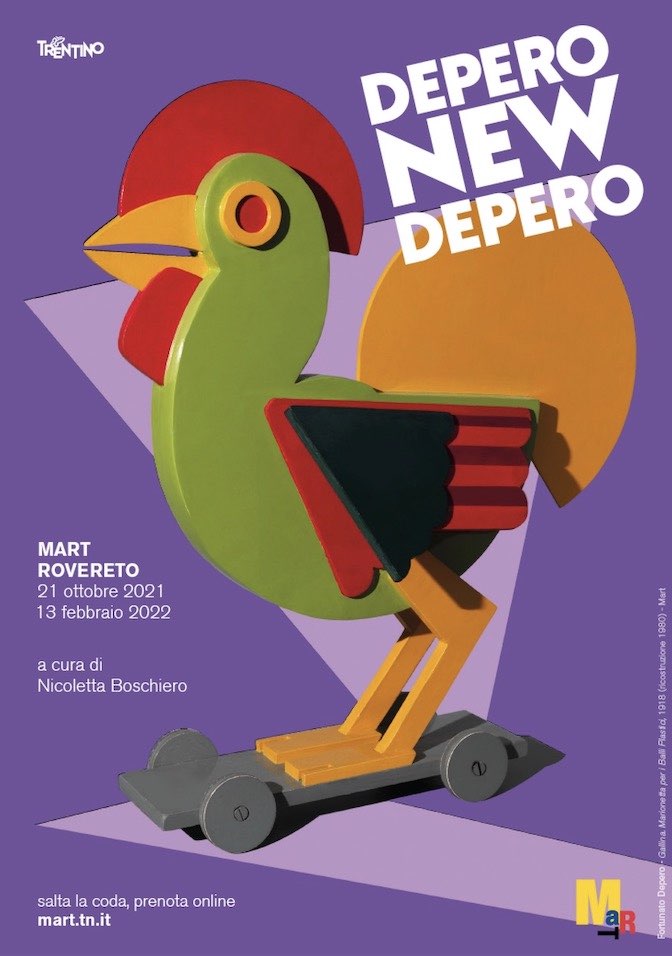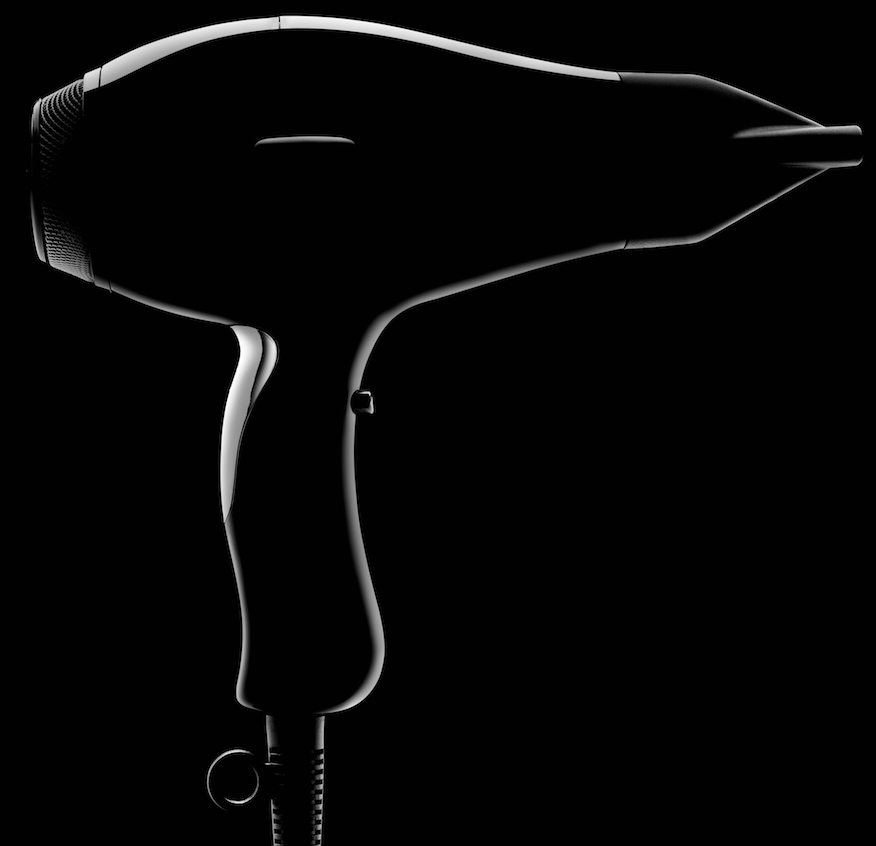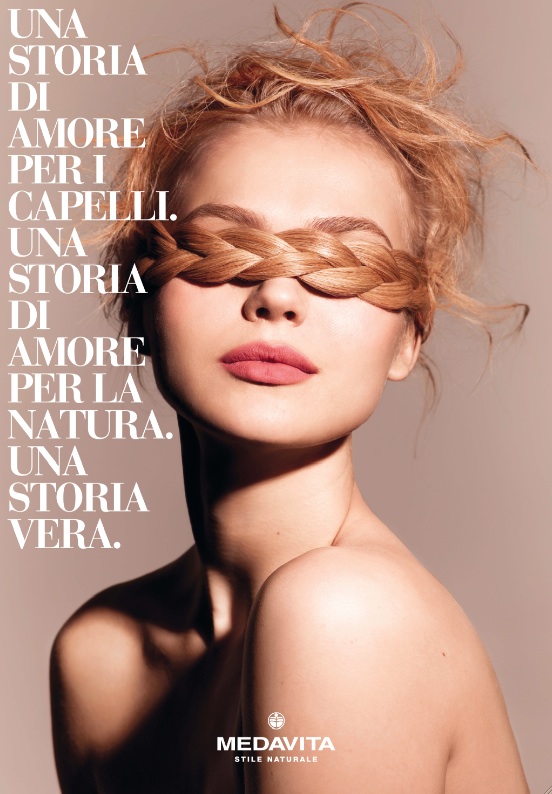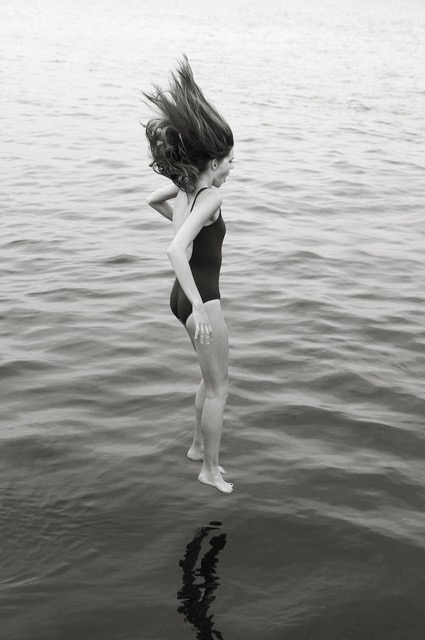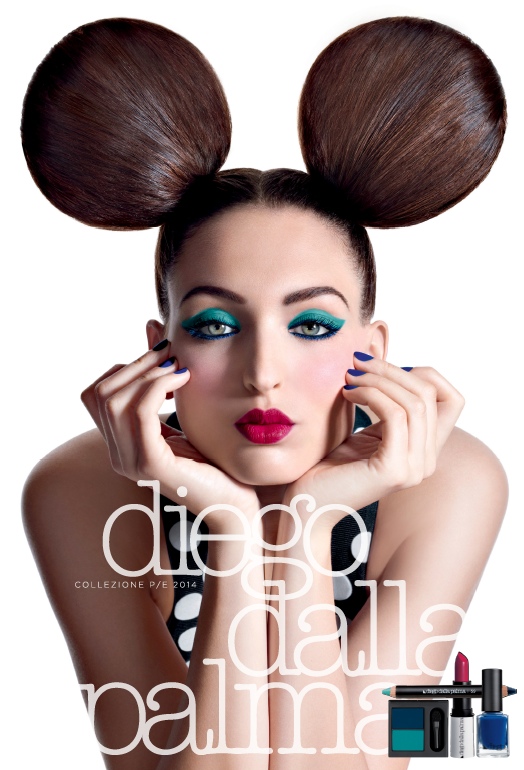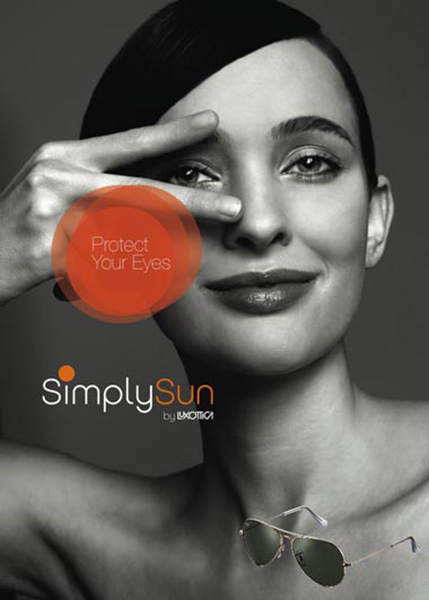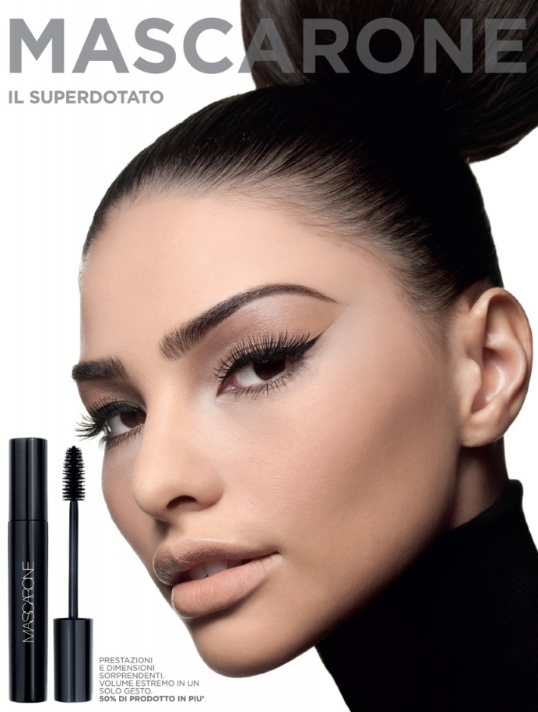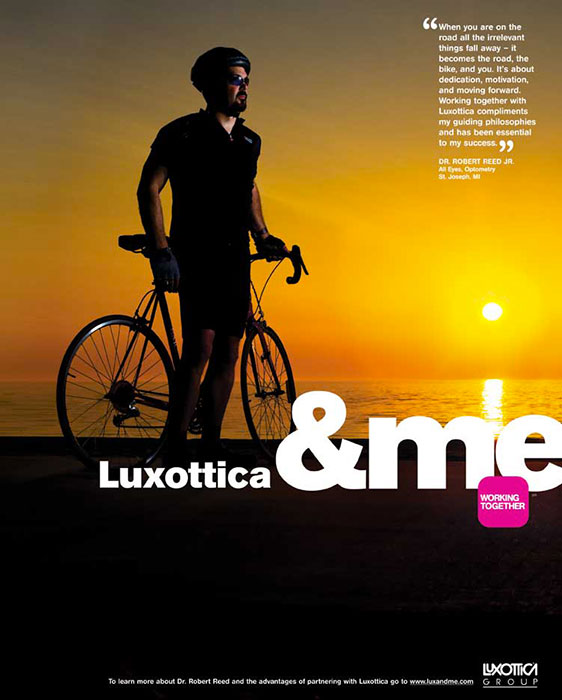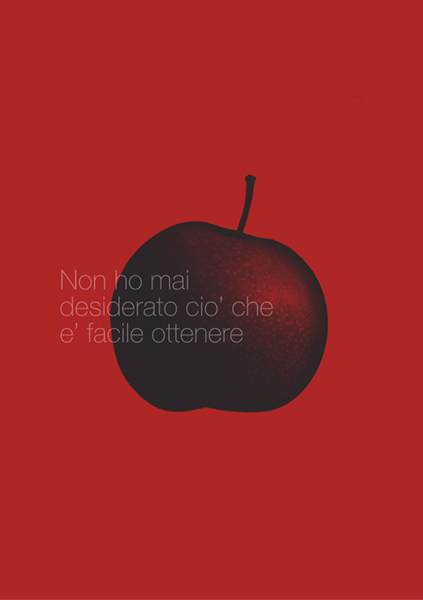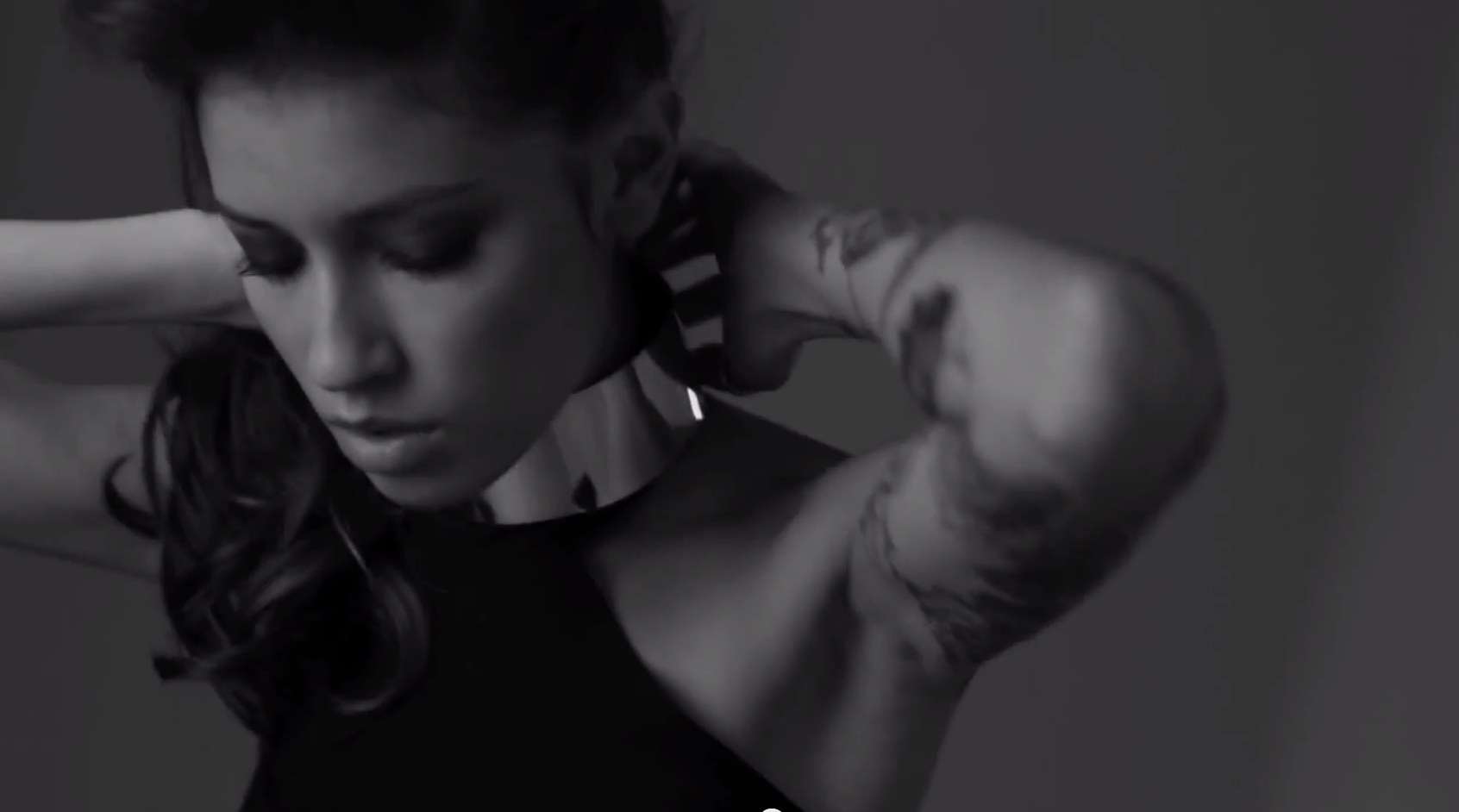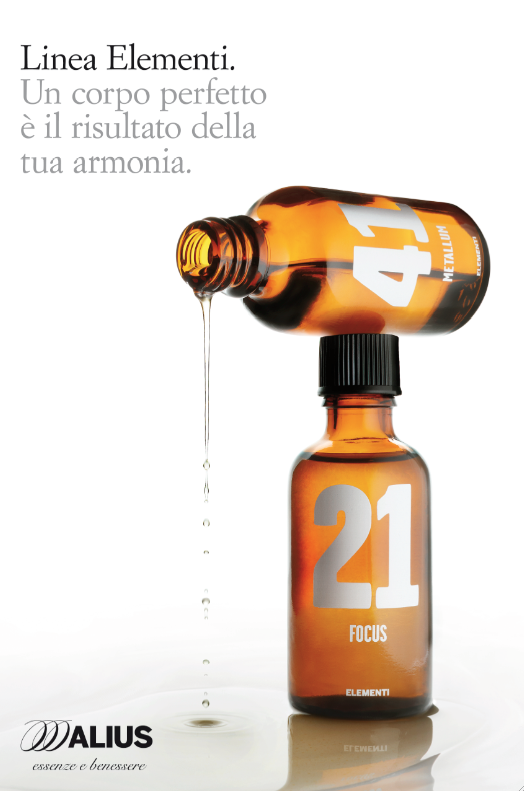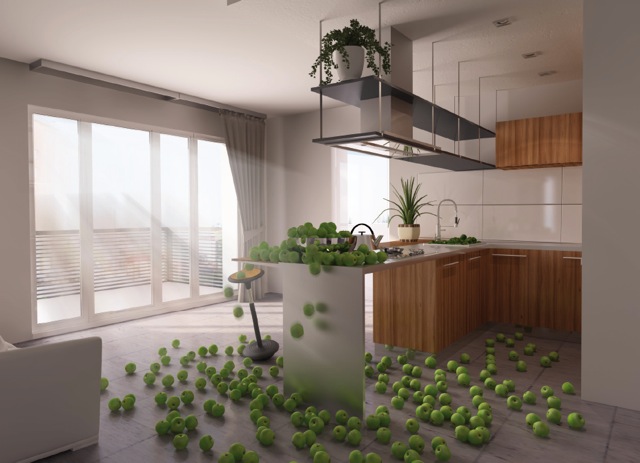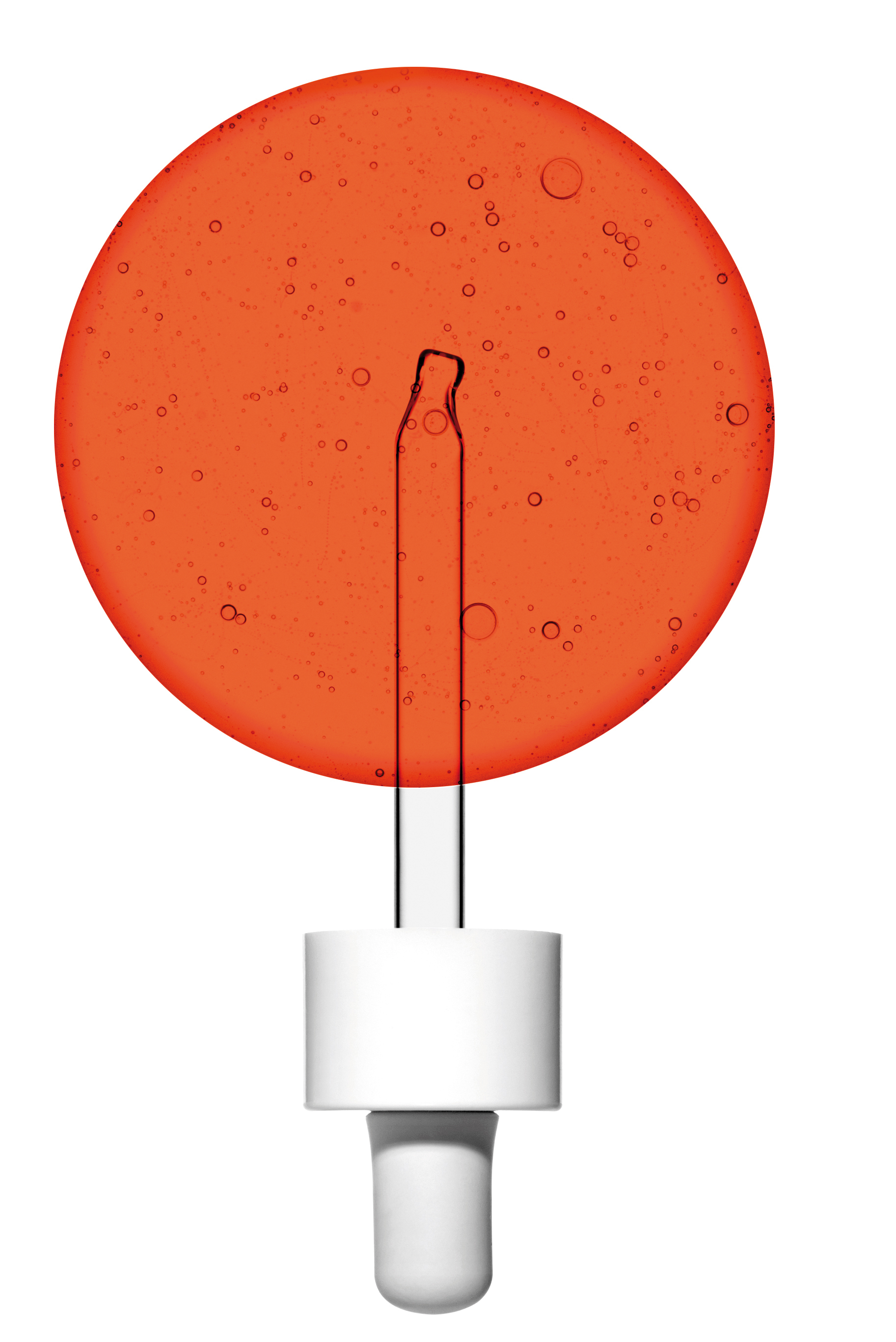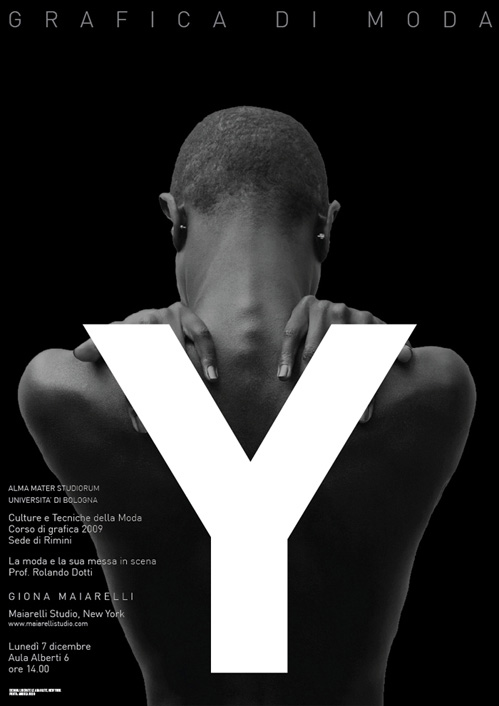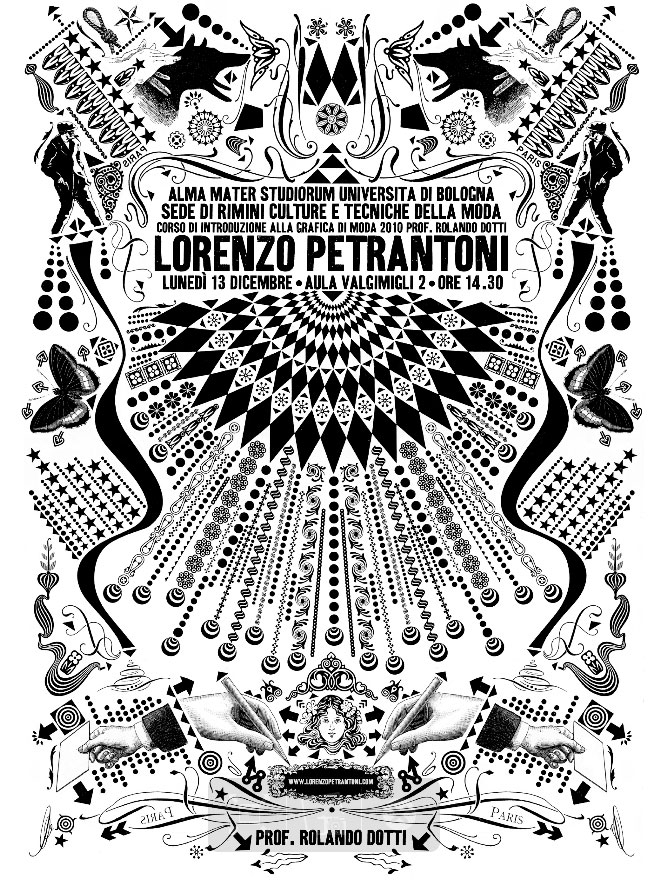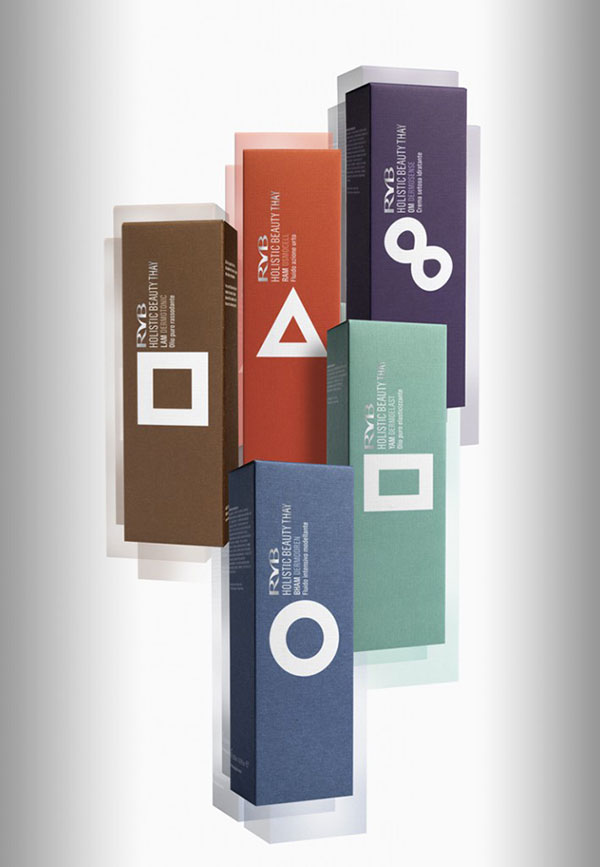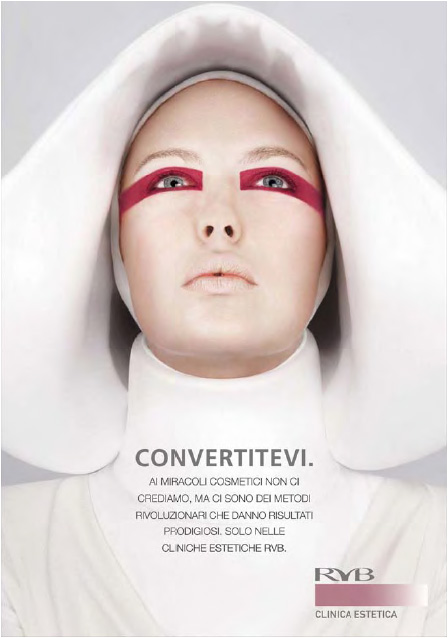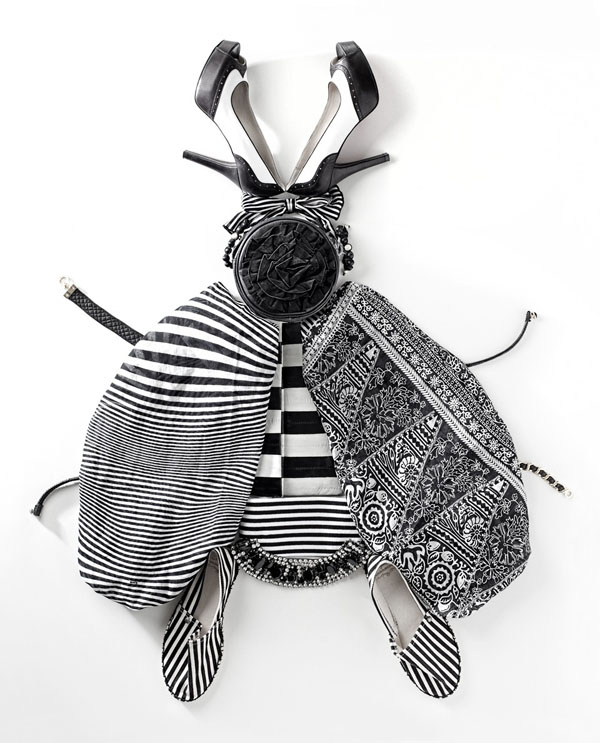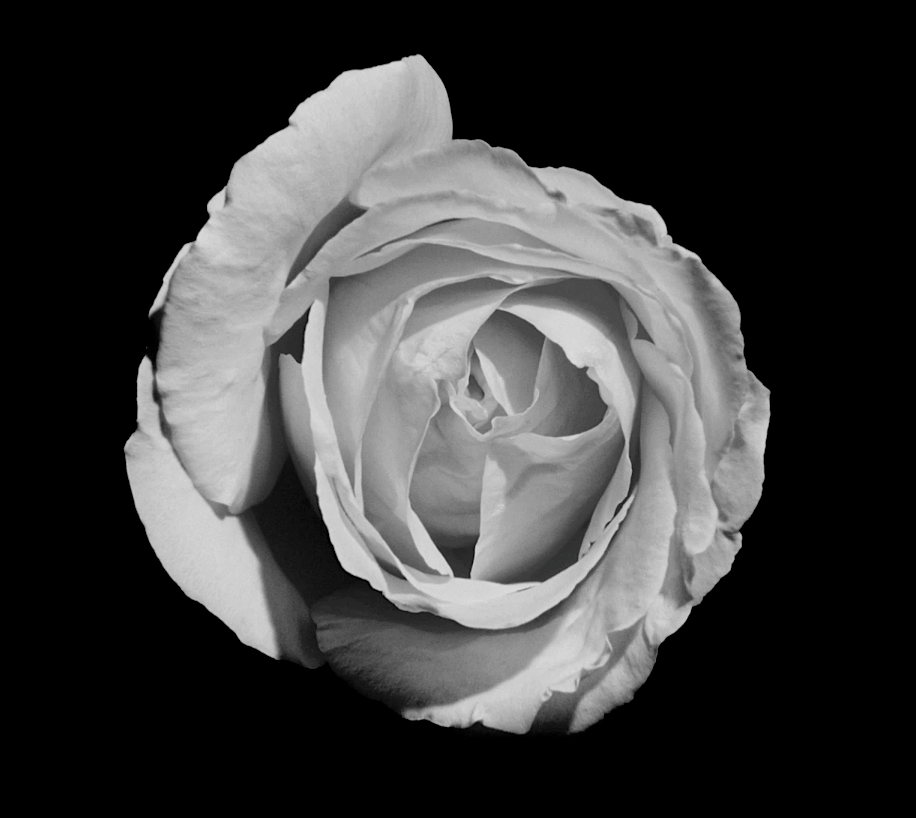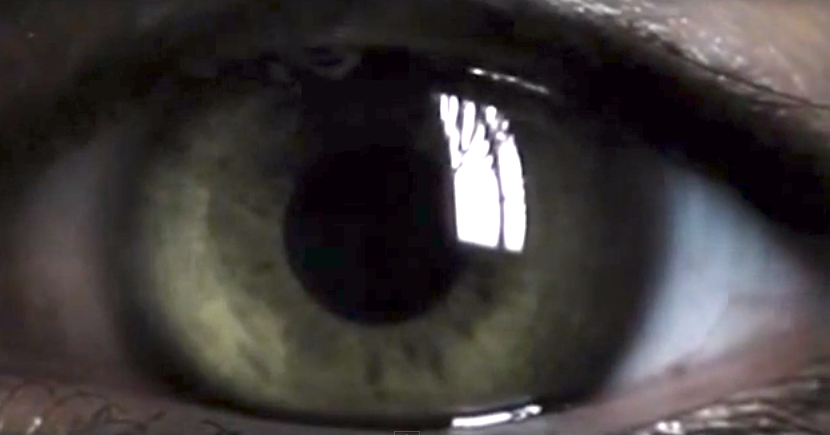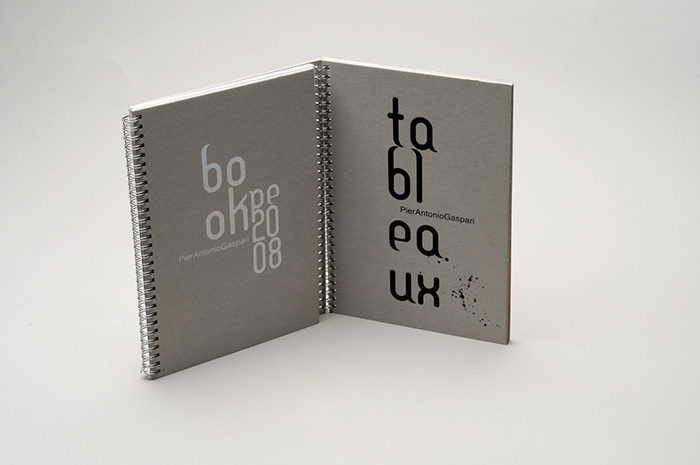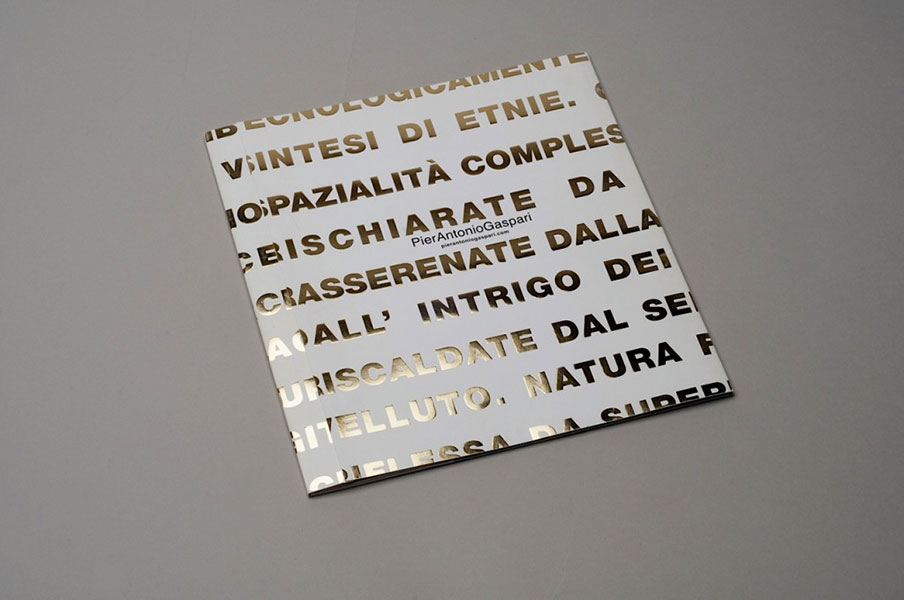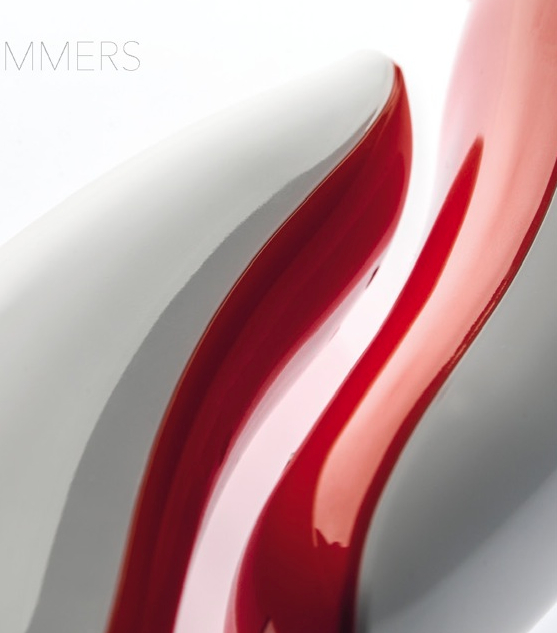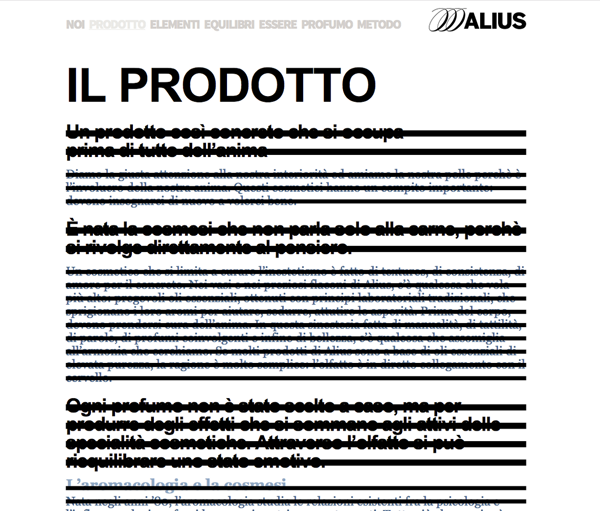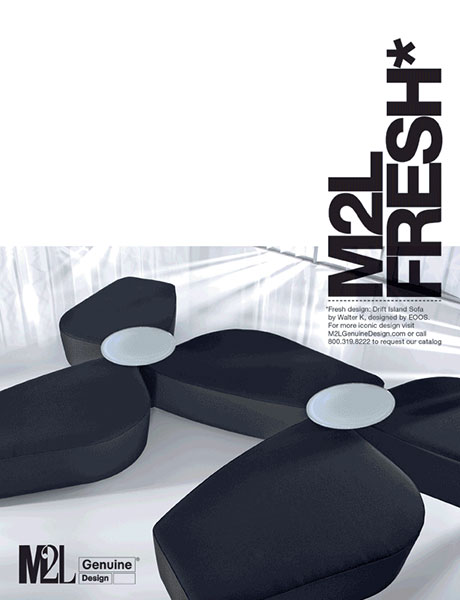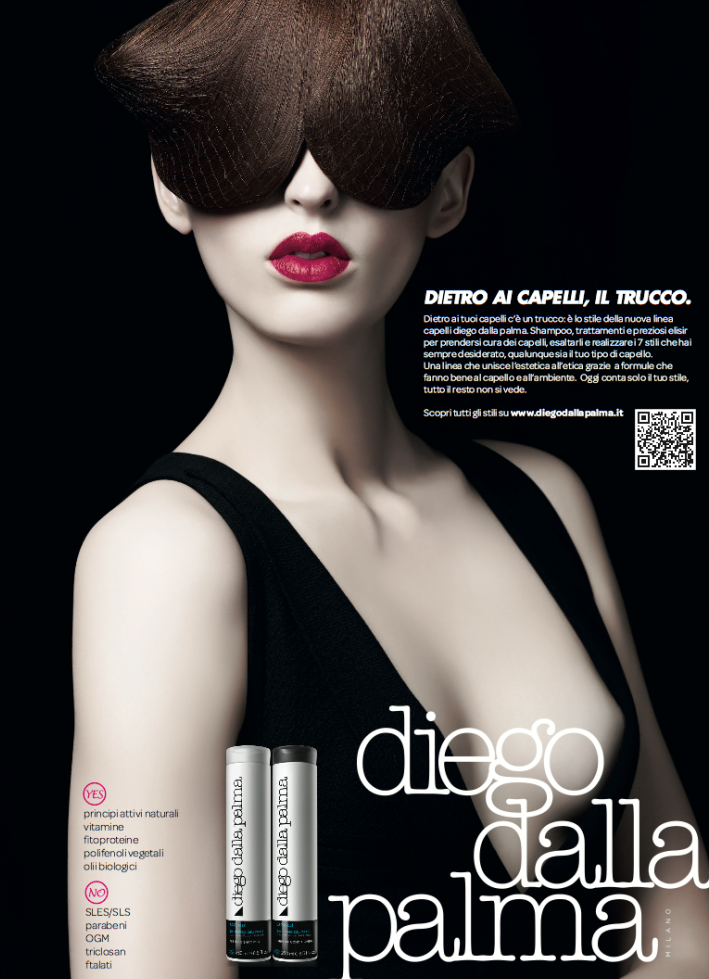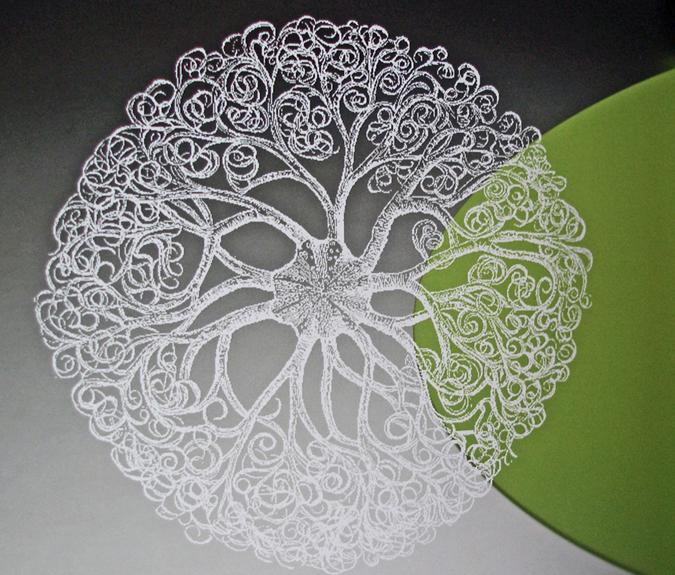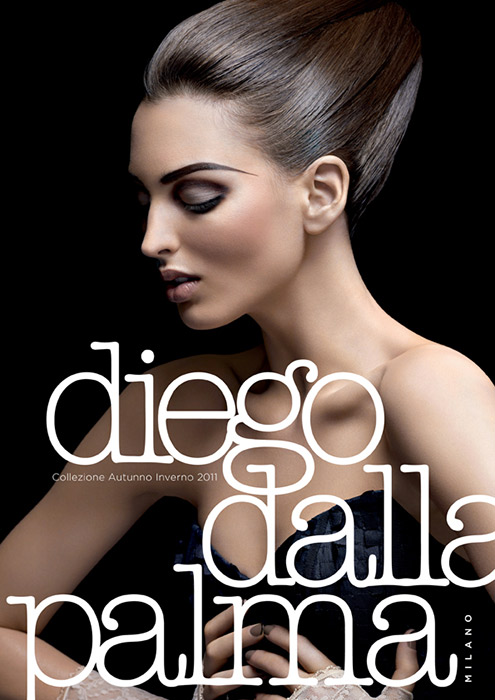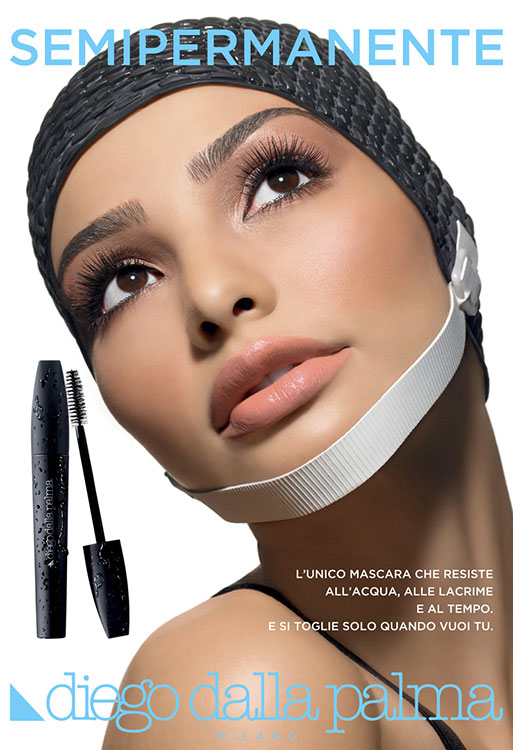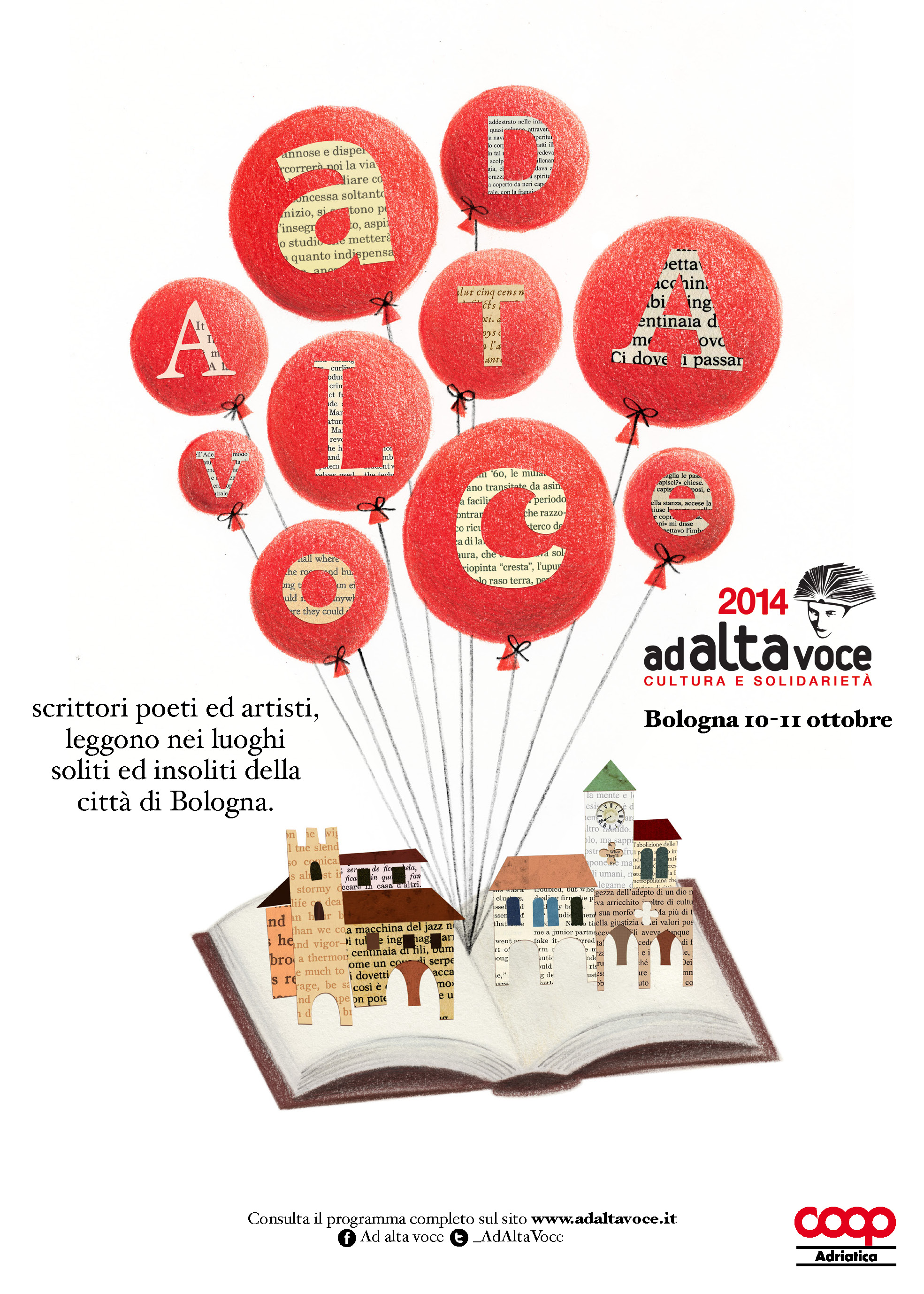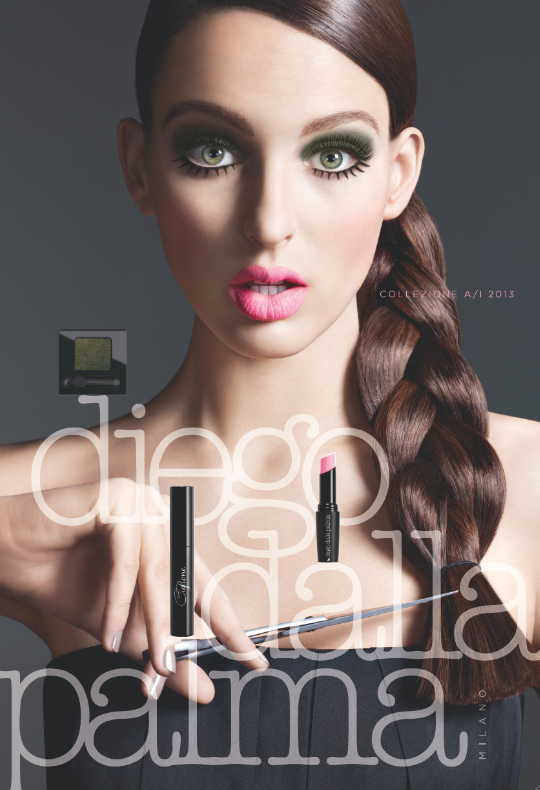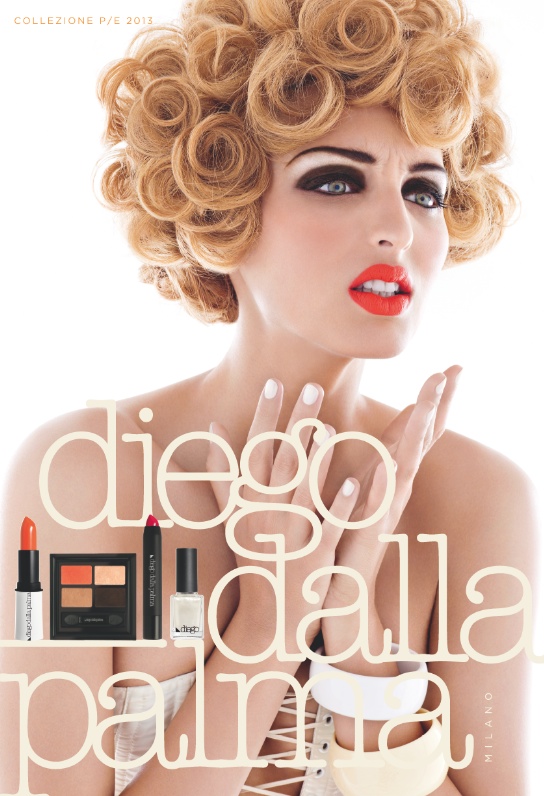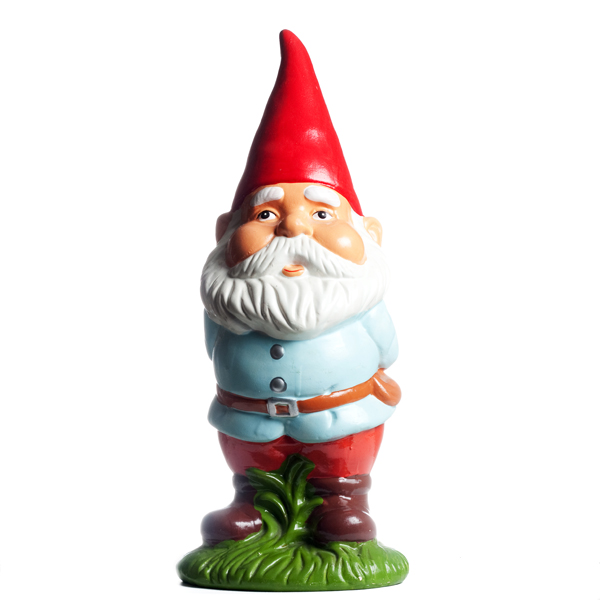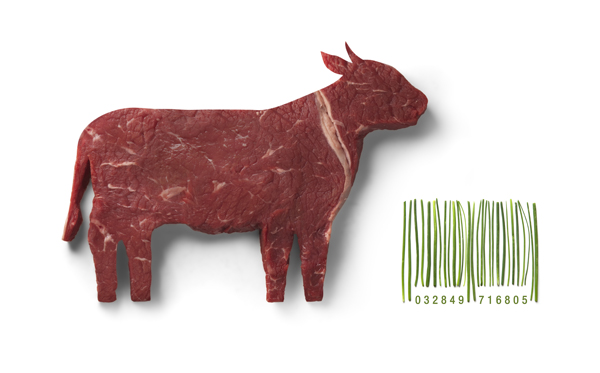THE HAIRSTYLING ACCORDING TO ELCHIM
Elchim. A story behind every product.
When you buy a spoon, a shoe, a hairdryer, whatever, do you know something about who built it? What country he lives in, what do they believe, if they are happy to do their job, if they share your values? In our opinion, it is increasingly rare to have this knowledge about the products – of any kind – that we buy and of which we become, without thinking about it, co-producers. Simply because companies hardly exist anymore, and behind a brand there are no producers but impersonal chains of sellers, retailers, branders, marketers.
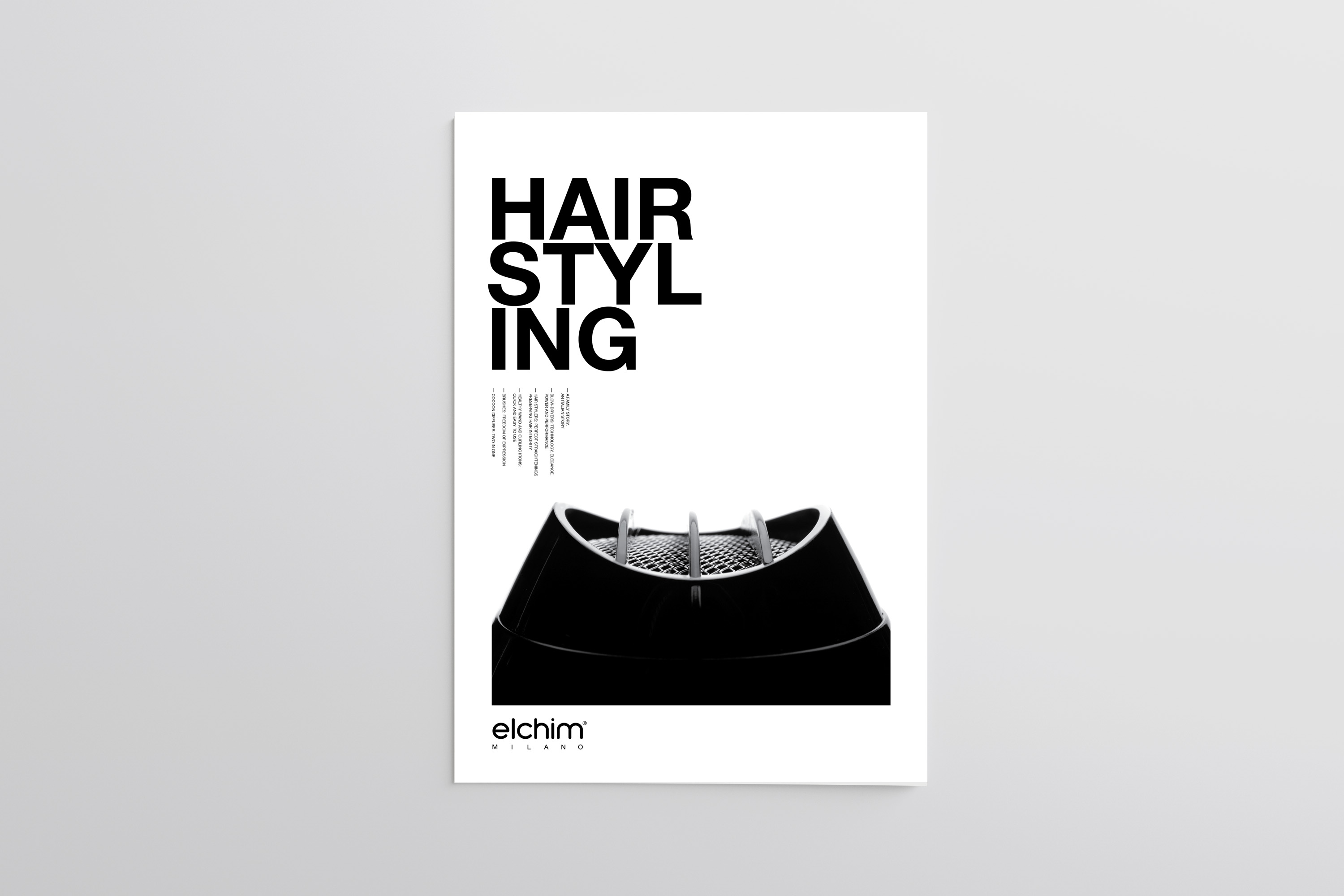
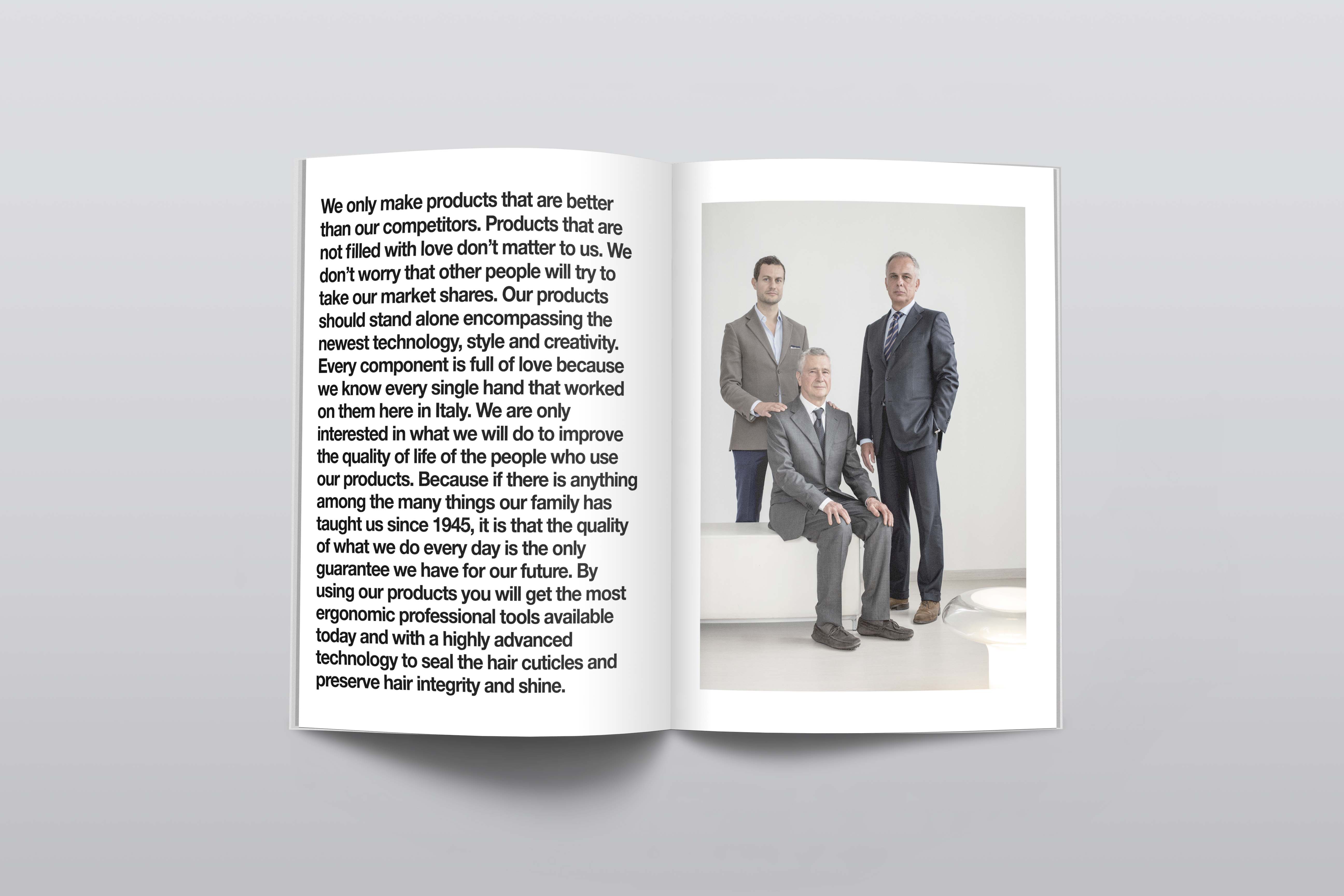
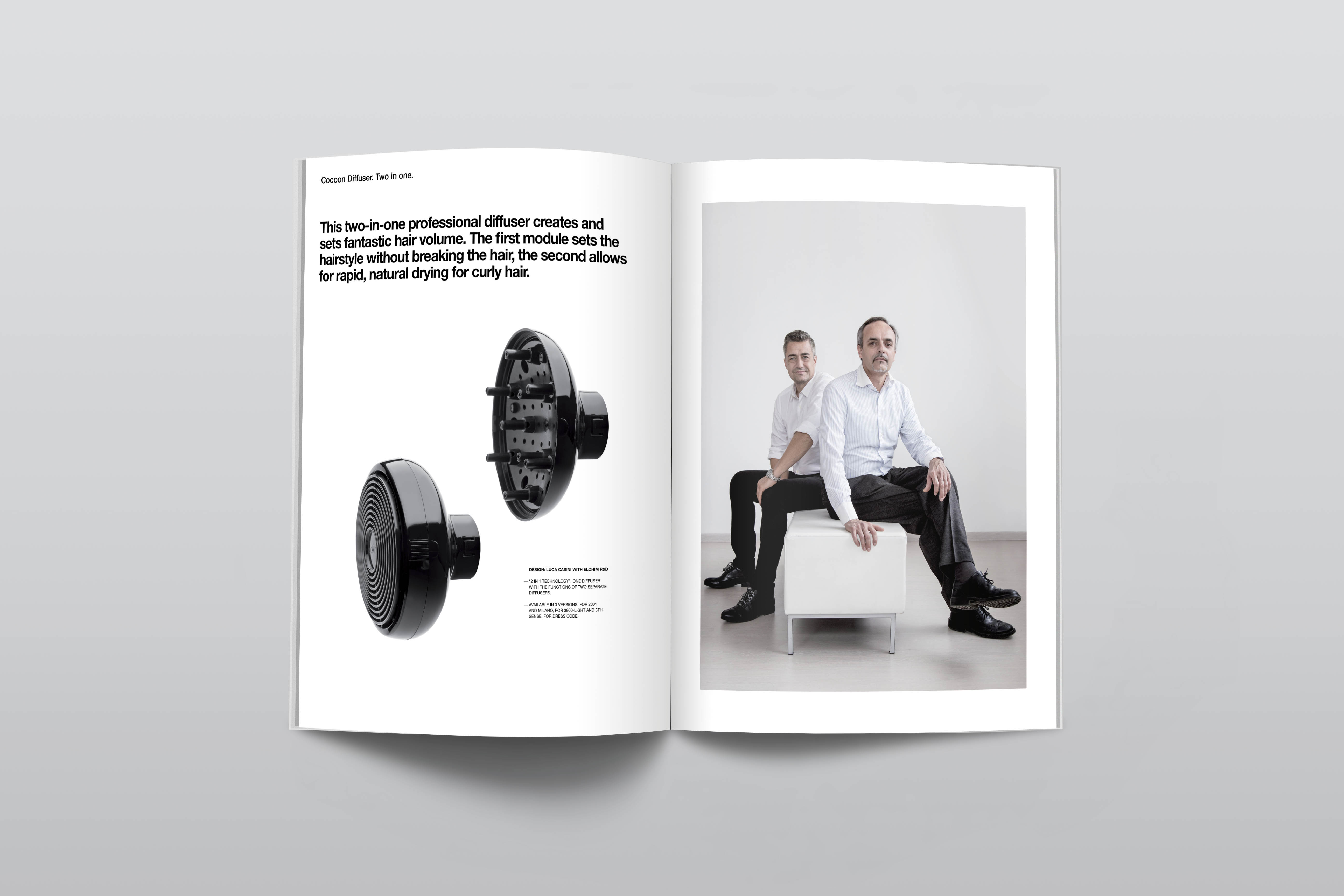
In this project for Elchim we combined the institutional profile of the company, one of the oldest Italian manufacturers of professional hair dryers, and the product catalog. It’s somewhat unusual to describe these two sides of a company in the same communication tool, they are generally separated for they are told with different “languages”. But to make a product fascinating it is not enough just to represent it: it becomes more interesting and credible if you show the faces, the environments of, the tools, the values, the thoughts of the people who I created. That is why we wanted to joint all this into a single tool.
And above all: the professional hair dryer market is mainly made up of fake companies that buy products in China, than limit themselves to brand and resell them. Some even manage to pass them off as made in Italy. Elchim, on the other hand, is a true Italian company (incredible, isn’t it? Aren’t they all extinct?) That produce every piece in Italy. What makes the history of the company and therefore of its products even more interesting is that it belongs to the same family that founded it 80 years ago. At the meeting room there is an engineer grandfather to remember, a father to listen to, and a young son who has the weight of the future on his shoulders. Would you trust them more, or a brand owned by an investment fund and managed by someone who ran a mineral water company the year before?
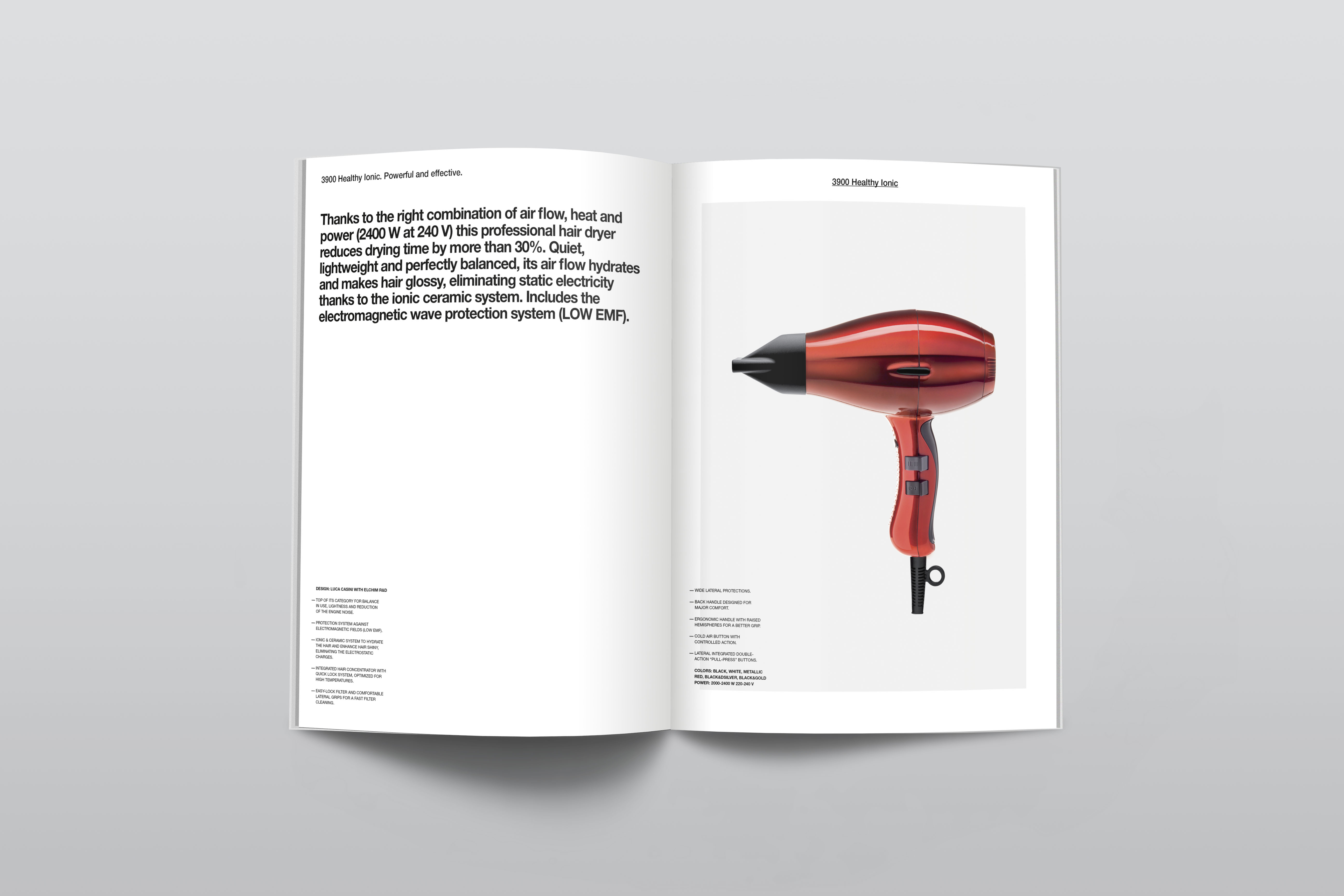
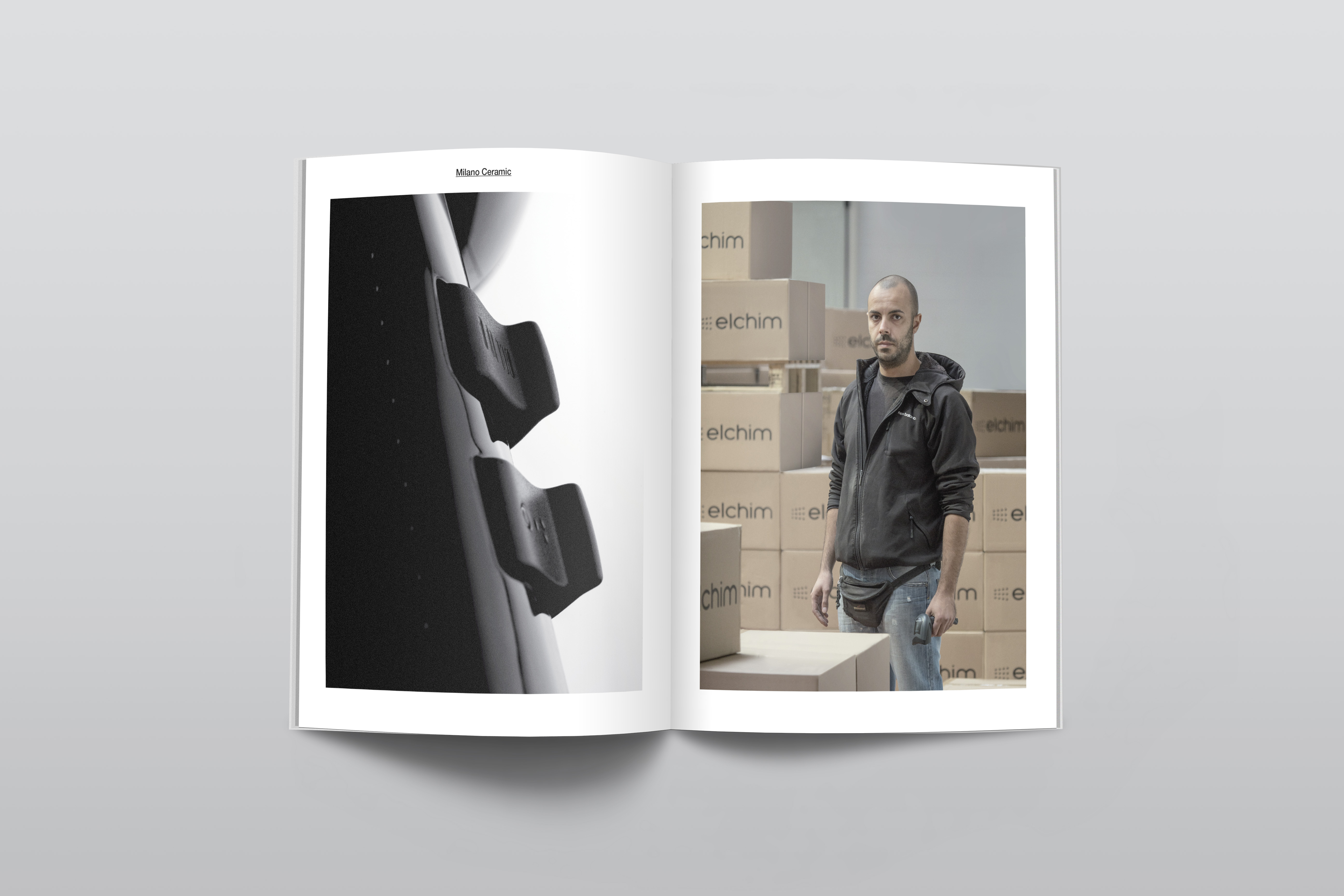
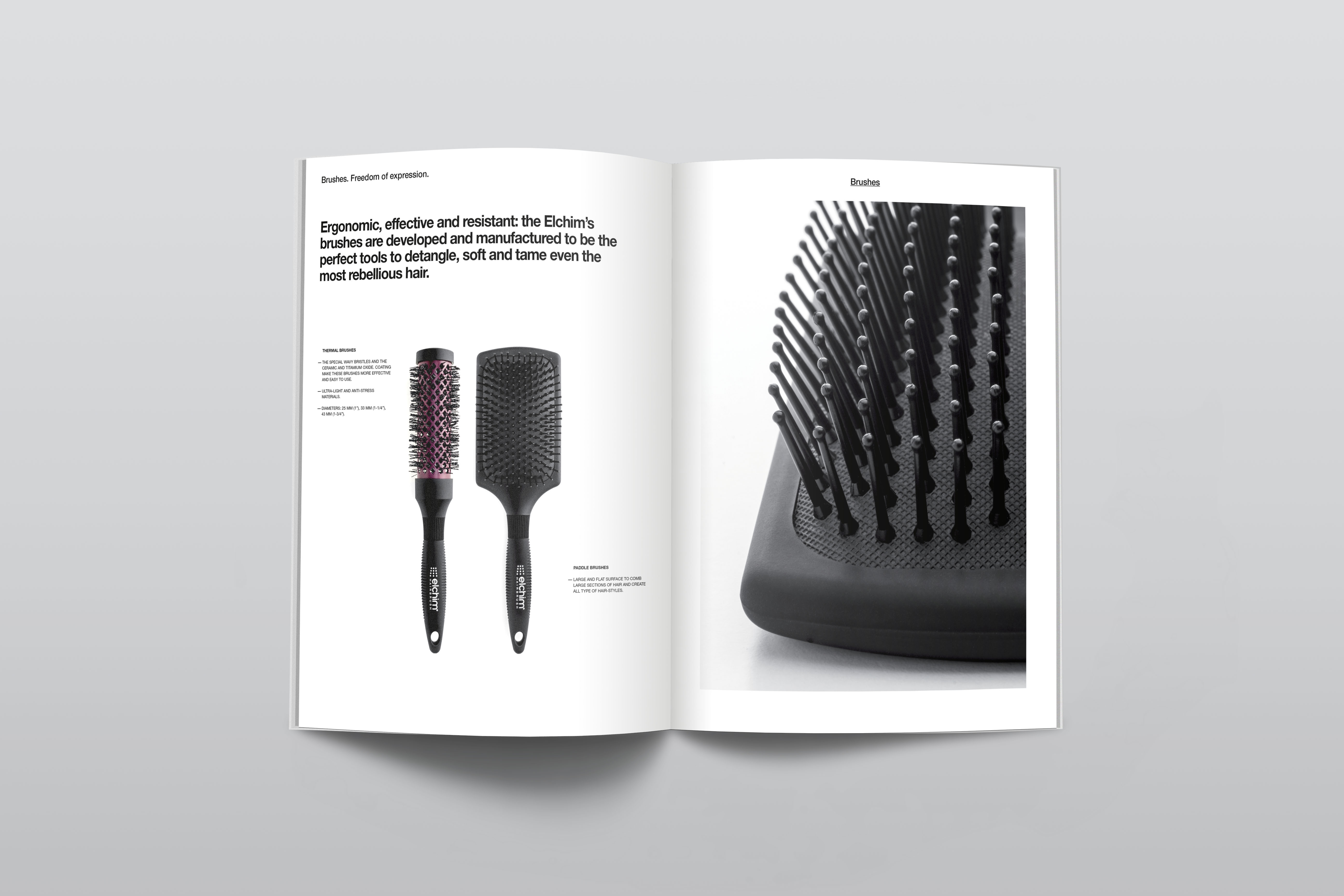
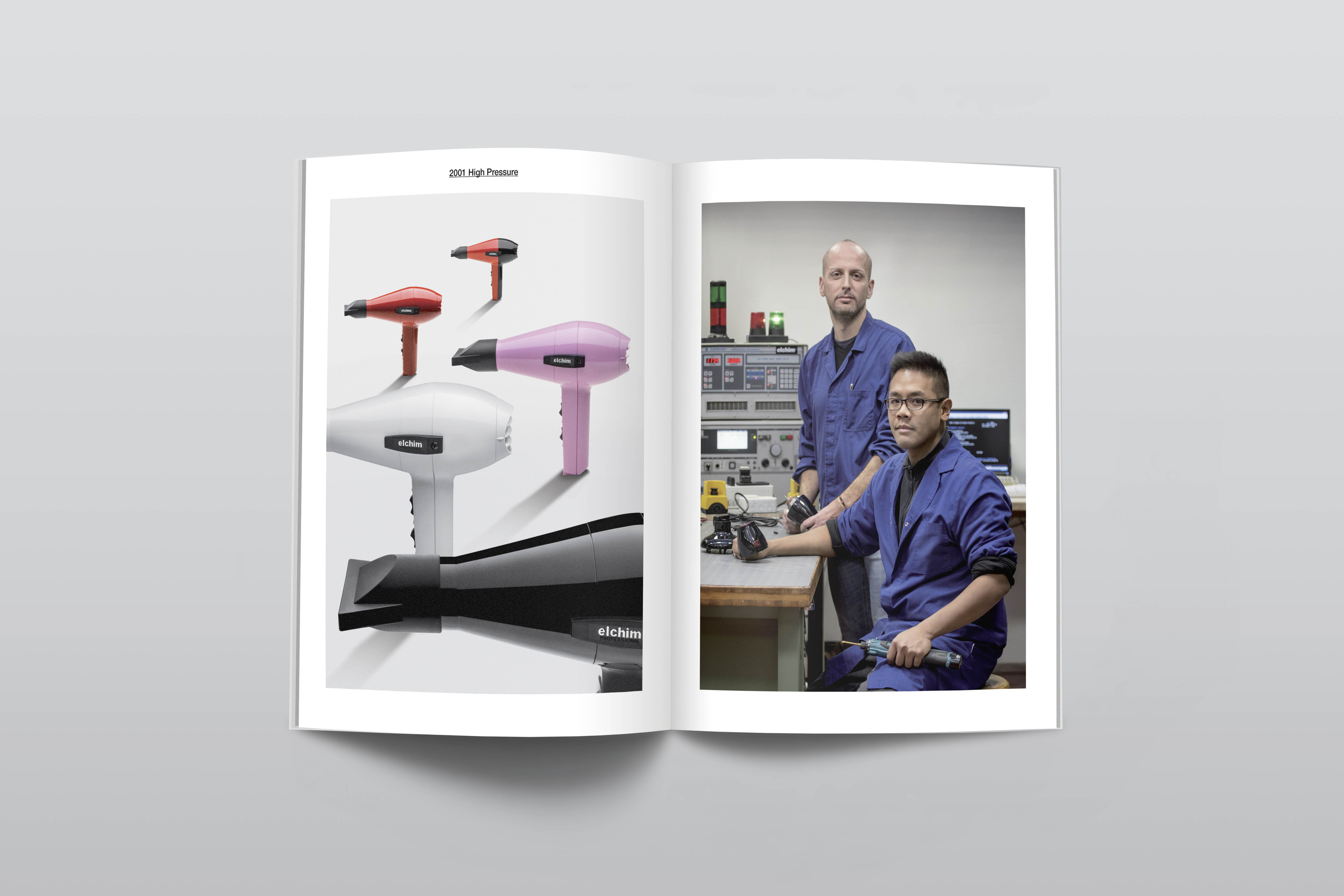
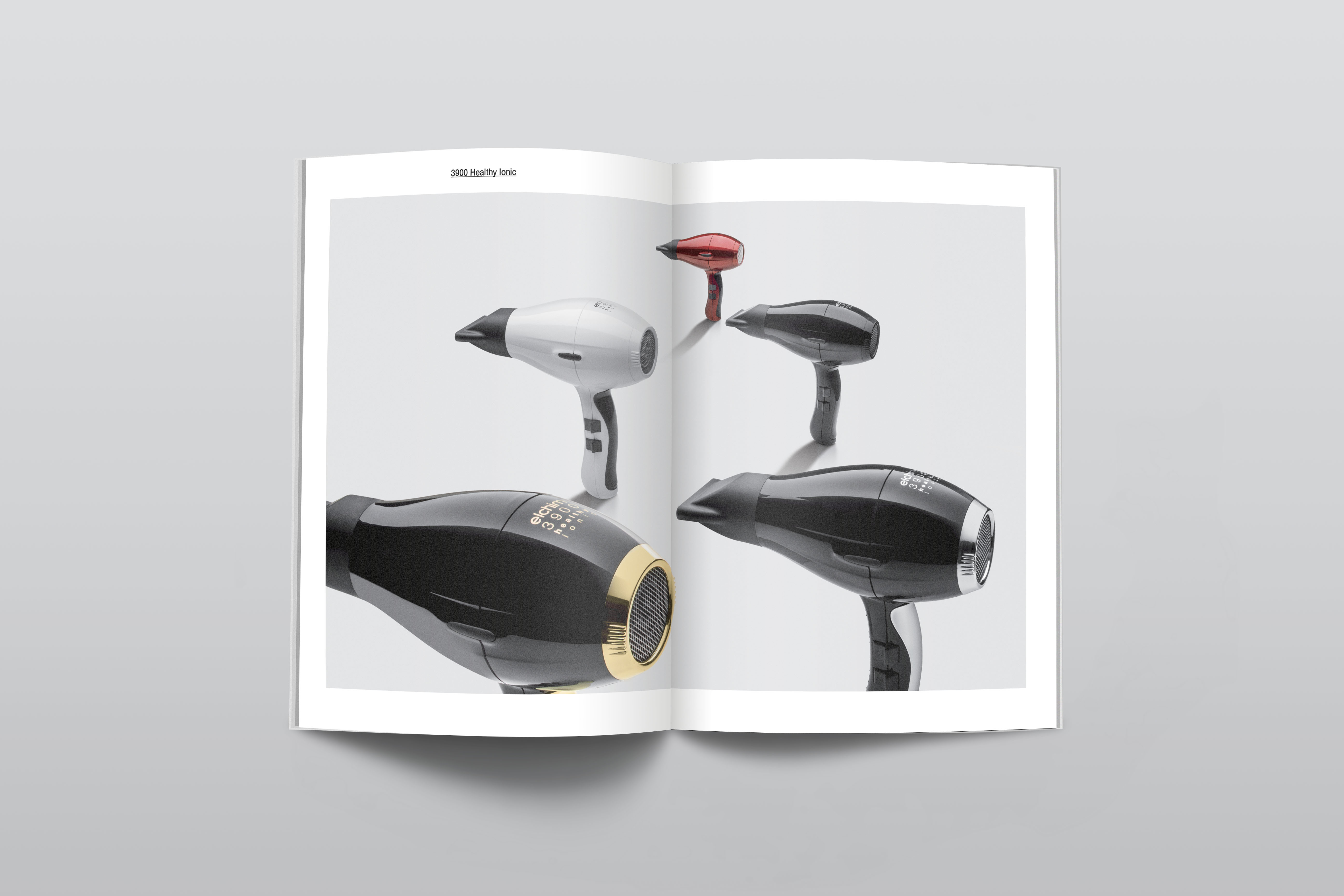
The communication style
When you have a true story in your hands, the best you can do is not overdoing it: both in visuals and in texts the best thing is to be immediate and concrete. Even the graphic system follows this need, creating empty spaces around the elements, in order to keep them clear.

